The Anti-Counterfeit Pharmaceutical Packaging Market is currently characterized by a dynamic competitive landscape, driven by increasing regulatory pressures and the rising prevalence of counterfeit drugs. Key players are actively engaging in strategic initiatives to enhance their market positioning. For instance, SICPA (CH) has focused on innovation in security inks and digital solutions, which are crucial for ensuring product authenticity. Similarly, Avery Dennison Corporation (US) emphasizes sustainable packaging solutions, aligning with global trends towards environmental responsibility. These strategies collectively contribute to a competitive environment that is increasingly centered on technological advancement and regulatory compliance.
In terms of business tactics, companies are localizing manufacturing to reduce lead times and optimize supply chains, which is particularly vital in the pharmaceutical sector where timely delivery is critical. The market structure appears moderately fragmented, with several key players exerting influence over various segments. This fragmentation allows for niche players to thrive, while larger corporations leverage their resources to dominate through innovation and strategic partnerships.
In August 2025, Zebra Technologies Corporation (US) announced a partnership with a leading pharmaceutical company to integrate advanced RFID technology into their packaging solutions. This collaboration aims to enhance traceability and streamline inventory management, which is increasingly important in combating counterfeit products. The strategic importance of this partnership lies in its potential to set a new standard for packaging solutions in the pharmaceutical industry, thereby reinforcing Zebra's position as a leader in anti-counterfeit technologies.
In September 2025, Authena AG (CH) launched a new blockchain-based platform designed to provide end-to-end visibility in the supply chain. This initiative is particularly noteworthy as it addresses the growing demand for transparency and security in pharmaceutical distribution. By leveraging blockchain technology, Authena aims to enhance trust among stakeholders, which is essential in a market plagued by counterfeiting. This move not only strengthens Authena's market position but also aligns with broader industry trends towards digital transformation.
In October 2025, Systech International (US) unveiled a new suite of serialization solutions that integrate AI capabilities for real-time data analysis. This development is significant as it allows pharmaceutical companies to monitor their products throughout the supply chain, thereby reducing the risk of counterfeit infiltration. The integration of AI into packaging solutions represents a critical evolution in the market, as it enhances operational efficiency and product security.
As of October 2025, current competitive trends indicate a strong shift towards digitalization, sustainability, and AI integration within the Anti-Counterfeit Pharmaceutical Packaging Market. Strategic alliances are increasingly shaping the landscape, enabling companies to pool resources and expertise to tackle the challenges posed by counterfeiting. Looking ahead, competitive differentiation is likely to evolve from traditional price-based competition to a focus on innovation, technological advancements, and supply chain reliability, underscoring the importance of adaptability in a rapidly changing market.


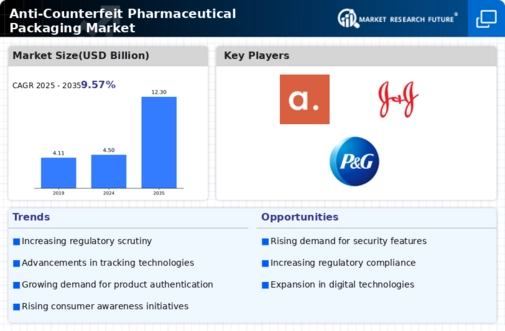
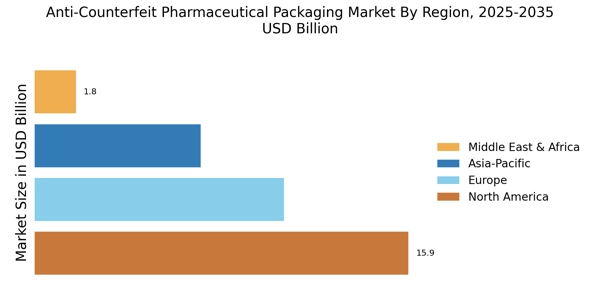
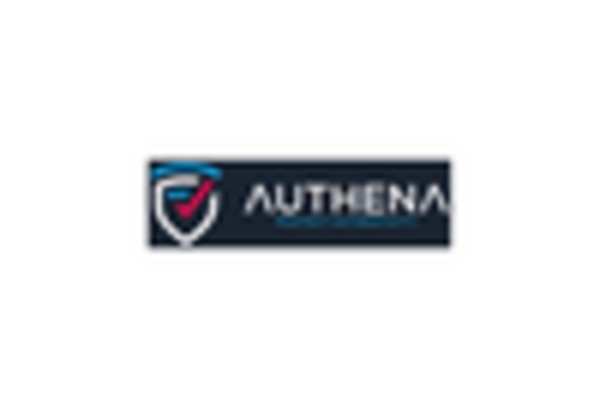
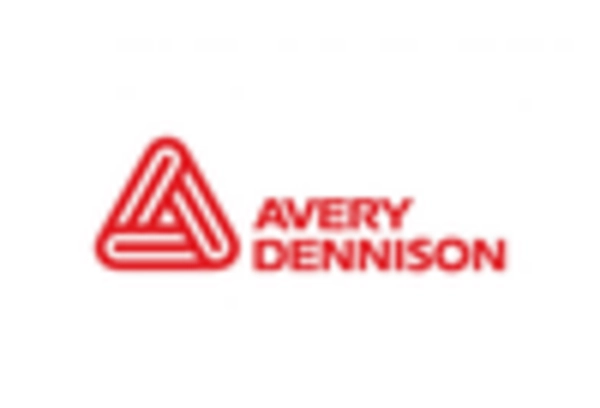
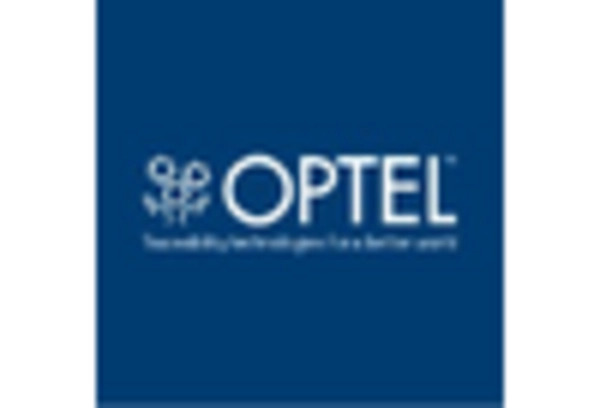
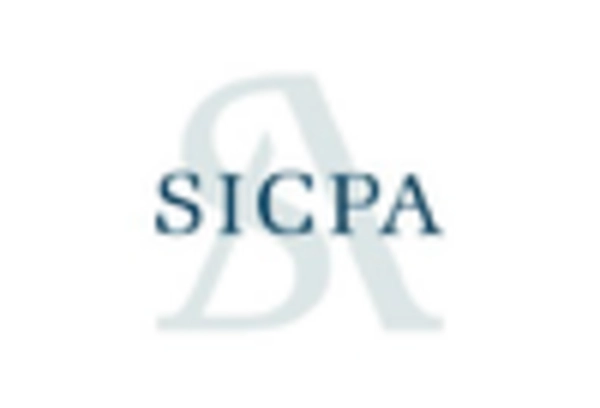
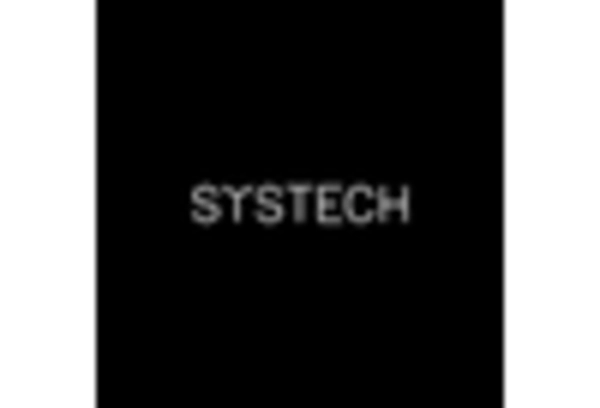
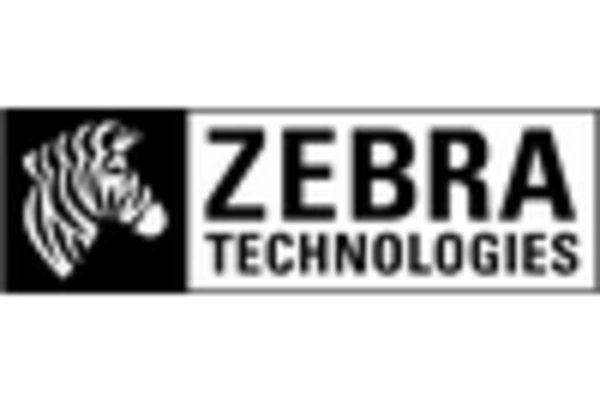








Leave a Comment